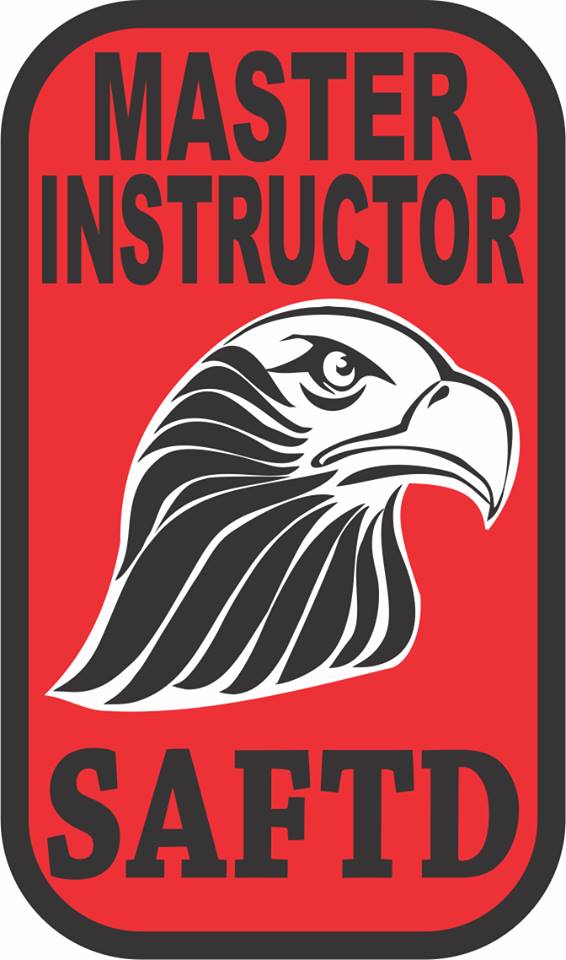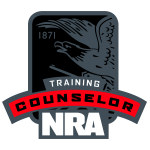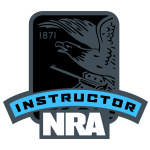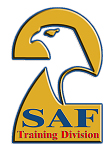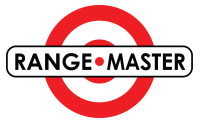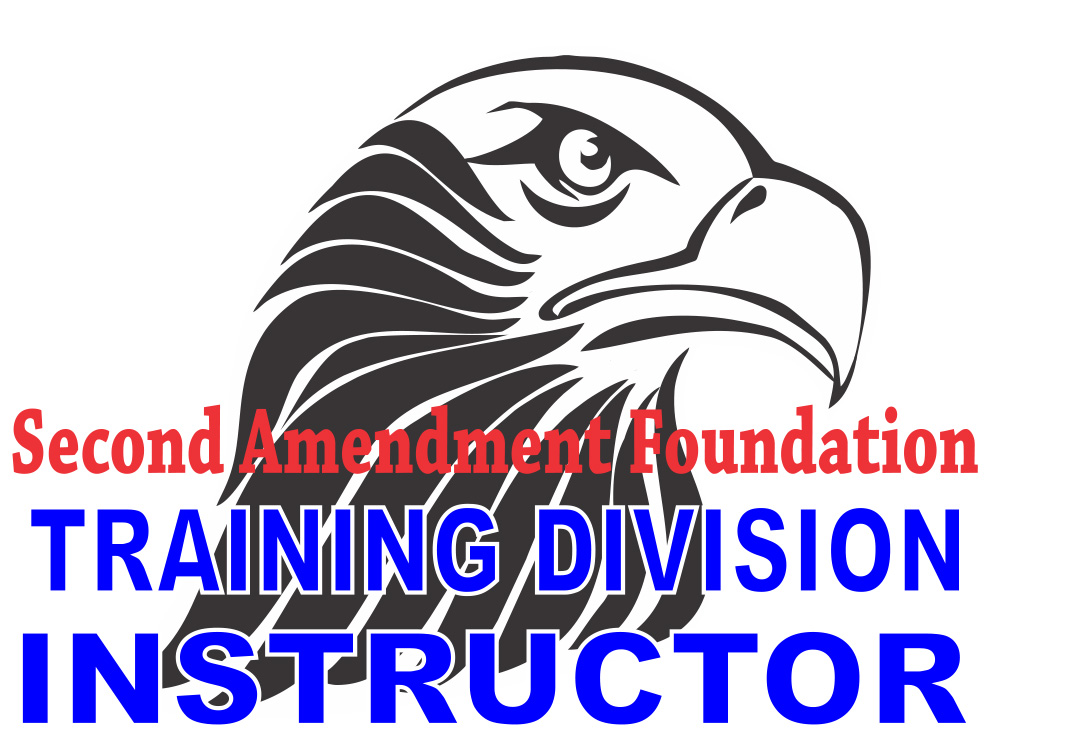Why Hojutsu-Ryu

Why Hojutsu?
Last July, Caryl, Billy and I attended a 3 day Hojutsu Seminar Featuring Soke (Founder) Jeff Hall and Sensei(Teacher) Norman Hood Hosted by Mad Duck training. During this seminar we spent half a day in the Dojo working on Traditional Martial arts skills, and a Kata. The interesting part of this Kata was the introduction of a handgun in a kata. I had not seen this before. I have seen bō, tonfa, nunchaku, sai, bokken, well you get the picture, but never a handgun kata. Now as a firearms instructor and avid shooter, and also someone with an interest on “Karate” you have my attention.
We spent the rest of day one on the range with Soke Hall, and Sensei Hood. It was obvious immediately both of these men knew what they were doing. Their gun handling skills were top shelf. Their understanding of the techniques were extraordinary, and their ability to teach these techniques was equally solid. Both of these men spent their time in service to this country, and to the great state of Alaska as Alaska State Troopers. They have both had armed confrontations, and are here to teach others how to handle it if they should find themselves in a defensive confrontation.
In order to understand Hojutsu, we must understand a bit about the “Soke” (Founder) The following was taken from his website: http://www.forceoptions.net/about.php

“Jeff Hall
Owner and lead instructor Jeff Hall is a retired lieutenant from the Alaska State Troopers, with over 25 years of combined military and law enforcement experience. While a Trooper, Jeff spent nineteen years on the pistol team and twelve on the S.W.A.T. team; he has used all of the techniques taught by Force Options in combat.
Hall is one of the only US police officers to win an air-to-ground firefight against an armed criminal. This occurred on 5/19/84 at Manley Hot Springs, Alaska; it was recently featured on theHistory Channel'sSniper: Deadliest Missions.
Jeff is NRA Distinguished, one of 25Handgun Combat Mastersin the world, and holds black belts in five arts, ranging from 3rd through 10th Dan. He is an NRA certified instructor in handgun, shotgun, submachine gun, carbine, and precision rifle; an NRA Adjunct Staff Instructor; and certified Police Master Instructor. All Force Options instructors are similarly qualified.
Jeff has published numerousarticles, written several training manuals, and currently travels across the U.S. teaching for several professional training associations. Jeff is currently training for the Four Weapon Combat Master test, and to become the second ever to pass the Handgun Combat Master test with a revolver.
In 2005 Jeff was inducted into the U.S. Martial Arts Hall of Fame, and in 2007 into the Universal Martial Arts Hall of Fame. He was named Grandmaster, promoted to 10th dan, and named "soke", or founder, of the art of Hojutsu-Ryu, the Art of Shooting.
It is also important that you know a bit about our “Sensei” (Teacher).
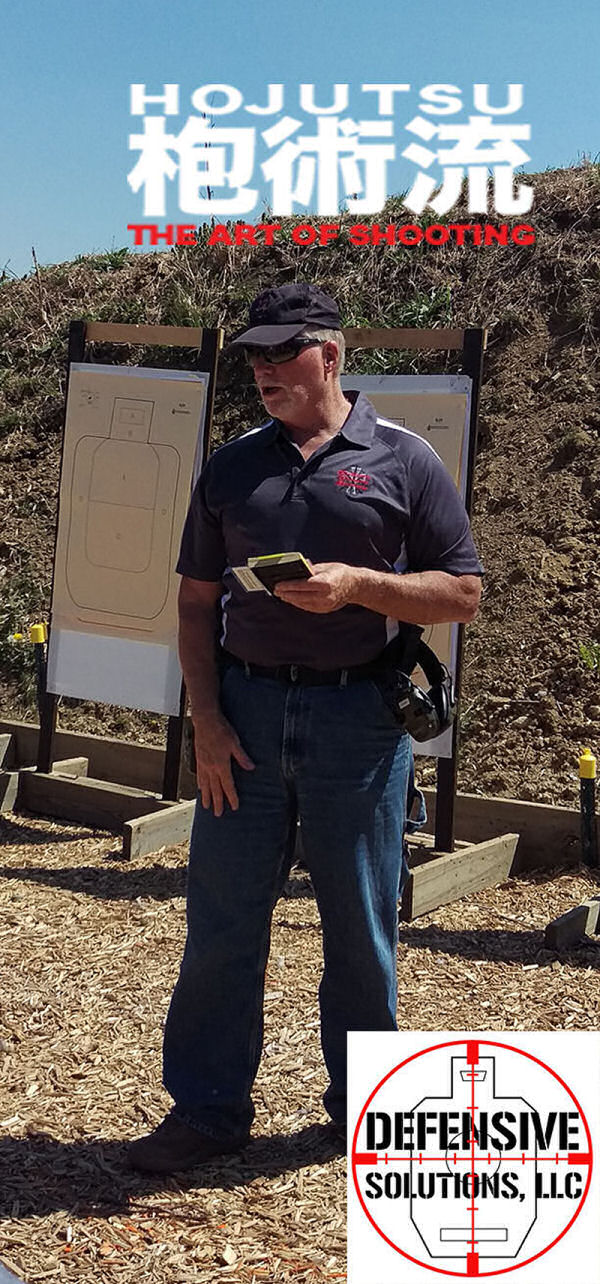
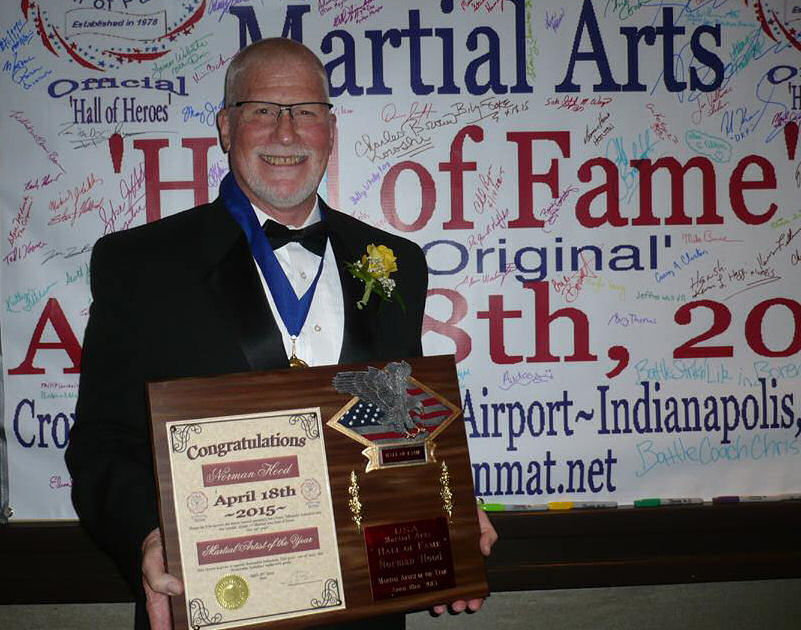
About Sensei Hood. Taken from his website:http://www.defensivesolutionsllc.com/instructors/
Norman Hood retired as a Command Sergeant Major from the US Army after 24 years of service and then spent six years with the Alaska State Troopers before entering Government Security Contract positions. Norm has more than 35 years’ experience in operational law enforcement, training, logistical and support planning for private security companies, military and state police organizations. He is a certified instructor of law enforcement subjects by the Alaska Police Standards Council. He has Extensive “Use of Force” training experience with lethal and less-lethal weapons and 28 plus years conducting rifle, pistol and shotgun training, including Concealed Carry courses as an independent contractor with a private firearms academy in Alaska and as a former adjunct instructor at Blackwater Worldwide, Inc. Norm is a NRA instructor certified in Pistol, Rifle, Shotgun, Refuse to be a Victim, and Chief Range Safety Officer and holds the “NRA Distinguished Expert Pistol” rating. Norm has graduated from the Anchorage Police Department Citizens Academy, the South Bend Citizens Police Academy and the St. Joseph County Citizens Police Academy. Norm is a member of the Church Security Alliance and is an Affiliate Instructor, Armed Citizens Legal Defense Network. He is a member of the International Law Enforcement Educators and Trainers Association (ILEETA) and is certified by the State of Indiana as an Emergency Medical Responder, the State of Illinois as a Certified Firearms Instructor, Illinois Concealed Carry Firearms Instructor, UTAH Concealed Firearms Certified Instructor, GLOCK Professional as a GLOCK Armorer, and FEMA as an Active Shooter Responder Trainer. Norm is Shodan, 1st Dan (Black Belt) in Hojutsu-Ryu (the Martial Art of Shooting) and a student of Okinawan Shorin-Ryu karate.
As you can read here, these men are not new to the industry, training, teaching, or Martial arts.
Day 2,& Day 3 we were split up into 2 groups so there was plenty of room on the firing line. We went through multiple drills, as you would expect in a firearms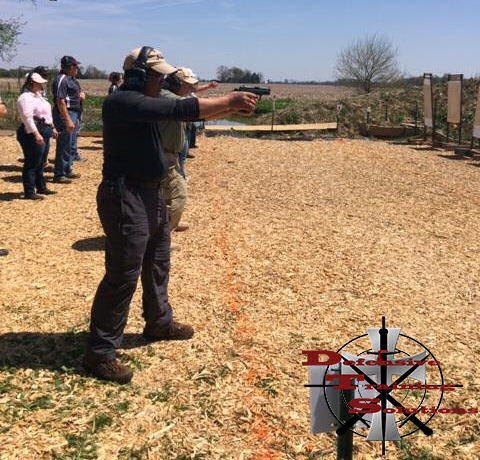 training course. What I found interesting was the way these drills were designed. There were 3 different courses of fire.
training course. What I found interesting was the way these drills were designed. There were 3 different courses of fire.
The first is the “Short Course”- this course of fire is 48 rounds with the students shooting from 2yds out to 25 yds. We find ourselves shooting from the holster, low ready(Guard), optional positions at 25yds, strong hand only, and support hand only.
The second is the “School Drills” – In this 50 round course of fire, we find ourselves working from the 3yd. line all the way out to 50yds. And the time limits are serious. The first drill on this list is 2 rounds in 1.5sec. at 3yds. This is no small task for even experienced shooters. During this set of drills we also find ourselves at 50yds (position optional) 2 rounds in 6.8 seconds. There are also directional responses to targets, multiple targets, and time limits for reloads, and type 1,2,and 3 malfunctions. This course of fire is designed to push Hojutsu students to shoot accurately, and quickly, as well as address threats from different positions, and at long distances.
The third course of fire “Hojutsu PPC”- is a 60 round course of fire working from 5 yds out to 25 yds, shot on a B-27 target, and is designed to push the student to work on accuracy. With reloads, use of cover, strong hand only, support hand only, and a reload in almost every drill.

Now I hear those of you that have taken intermediate or advanced courses, you are saying this is nothing new. Well, I disagree. These drills are all scored on targets designed specifically for use in this course, and timed, but any miss is a disqualification. Yes, one miss is a disqualification and the score doesn’t count. One of the overarching themes of Hojutsu is 100% round accountability.
In order for a student to grow through the ranks of this martial art, they must learn the open hand techniques, the Katas, research firearms history, and take a written test, shoot with 100% round accountability, and shoot quickly. There are also reading assignments which include “The Book of Five Rings”, “On Combat”, and “On Killing”. There are also courses of fire written for Shotgun, Defensive rifle, precision rifle, Edged weapons, and contact weapons.
As with most things in life, work, family, and a multitude of other distractions get in the way. We as a family were forced to focus on too many aspects of life and we had to put Hojutsu on the back burner. In November Caryl was diagnosed with Breast Cancer (Talk about a major curve ball), but we decided to turn lemons into lemonade. Caryl and I made the decision to close my carpentry business (because it required me to travel for extended periods of time, which is just NOT an option anymore) and open a full time training facility. When we discussed this choice, one of the things we decided is a must, is we are going to start the long journey to earn our Dan, Shodan ( Black Belt) in Hojutsu. We also made the decision that we are going to make it a consistent offering in our facility.
We realize many people understand that they need to train with their firearms. Most of you realize, no matter how good your initial firearms training course was, it was still rather basic, and your retention of the information provided degrades as you do not practice. We also understand that life is busy, and taking multiple full day courses in a year to grow your skills is just not an easy thing to do. With Hojutsu, we have pre-packaged coursework for both range work, and open hand skills to offer. This program will give us a program that we can work on with you for just an hour or two at a time from week to week, with goals to work toward, ranking and belts.
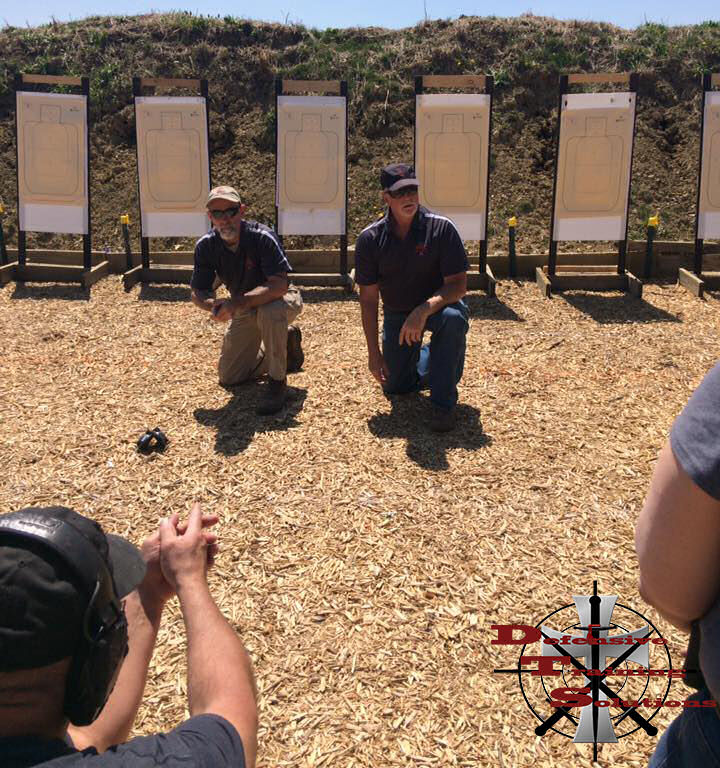
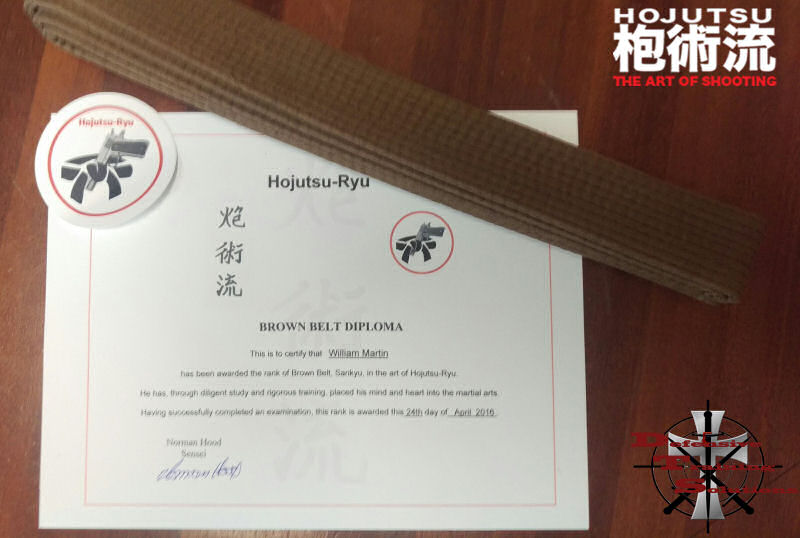
So how do we move forward? This past weekend Sensei Norman Hood traveled to our facility with one of his Brown Belts Mark. Eleven students, 3 returning, and 8 new with various firearms experience, and martial arts backgrounds attended this 1-1/2 day intense training. The ages of these students ranged from 13-73. Everyone in the group worked hard, and progressed anywhere form Yellow Belt to Purple Belt. I myself earned the rank of Sanku (Brown Belt). Sensei Hood left us with a list of skills to work on, and practice until he returns with Soke Hall in July. And then again when Sensei Hood Returns to our facility in October.
Martial Arts offer a multitude of skills to students of the art. Too often we as shooters go to the range, shoot at targets, and feel like we accomplished something. Martial artists understand Character, Sincerity, Effort, Etiquette, Self-Control, as well as the skills of the art. Through Hojutsu, A Martial Artist can become an accomplished shooter, and a shooter can become an accomplished martial artist. We can learn the honor, respect, and self-discipline needed to progress as not only shooters, but as people. We can learn the skills necessary to defend ourselves, and our loved ones both armed and unarmed. We will not only grow in skills but have personal growth. Those who start out in this art young, will learn valuable skills and attitude that will help them succeed in whatever they venture to do in life.
Please check out our website to find out how to join us in this journey:
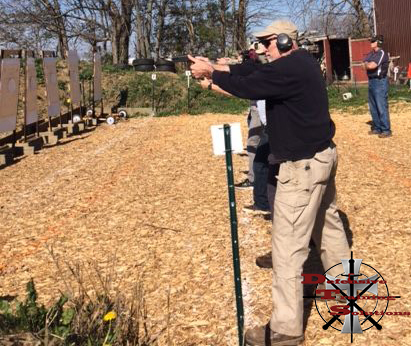
http://www.defensivetrainingsolutions.com/general/hojutsu-training-session
http://www.defensivetrainingsolutions.com/student-level-firearm-courses/hojutsu-range-training
http://www.defensivetrainingsolutions.com/student-level-firearm-courses/hojutsu-workshop-norman-hood
Thank you for checking in
Bill

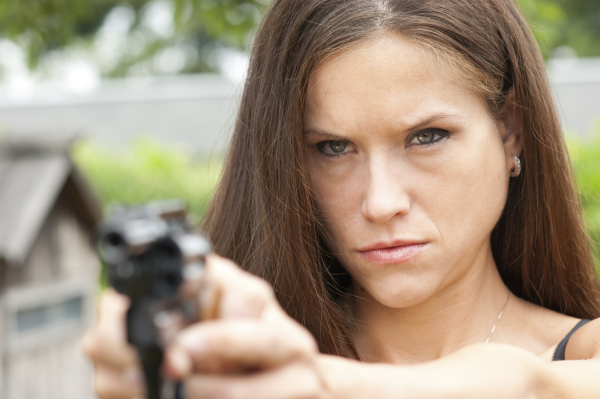 With the recent surge of firearms sales after Sandy Hook, we have also seen a huge influx of new firearms instructors and training academies. But buyer beware, not all instructors or so called academies are created equal and some can actually get you hurt or even get you in trouble with the law.
With the recent surge of firearms sales after Sandy Hook, we have also seen a huge influx of new firearms instructors and training academies. But buyer beware, not all instructors or so called academies are created equal and some can actually get you hurt or even get you in trouble with the law. 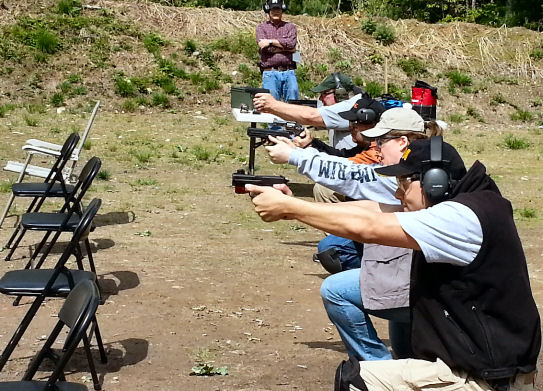 5. TEACHING STYLE - What kind of instructor are they, as they all have their own teaching style, some get off track easily, some over teach and some under teach. Most firearms classes are objective based which means all students should have that particular lesson down before the instructor moves on to the next lesson. Does the Instructor make sure of this, does he encourage questions be asked at any time, does he ask you if you have any questions. Does he make the class fun, does he stay on topic ~ man, I have seen instructors where at the end of the day you actually know more about the instructor then you do about what you came to learn.
5. TEACHING STYLE - What kind of instructor are they, as they all have their own teaching style, some get off track easily, some over teach and some under teach. Most firearms classes are objective based which means all students should have that particular lesson down before the instructor moves on to the next lesson. Does the Instructor make sure of this, does he encourage questions be asked at any time, does he ask you if you have any questions. Does he make the class fun, does he stay on topic ~ man, I have seen instructors where at the end of the day you actually know more about the instructor then you do about what you came to learn.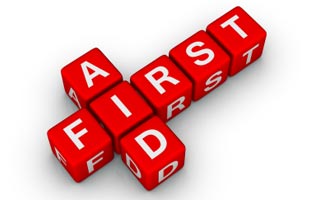 10. FIRST AID TRAINING - None of us like to think that something could go horribly wrong and we get hurt in a class. I'm not trying to scare you and I must say that range accidents are actually very rare, but they do happen. This is another area that a good instructor understands and takes steps for, this means they have taken the time to get certified in Emergency First Aid, CPR and AED. Remember that anything can happen on the range, not just gun shot wounds but heart attacks, strokes, broken ankles etc... it's nice to know that the instructor is ready for anything and actually has a plan to deal with emergencies of any kind.
10. FIRST AID TRAINING - None of us like to think that something could go horribly wrong and we get hurt in a class. I'm not trying to scare you and I must say that range accidents are actually very rare, but they do happen. This is another area that a good instructor understands and takes steps for, this means they have taken the time to get certified in Emergency First Aid, CPR and AED. Remember that anything can happen on the range, not just gun shot wounds but heart attacks, strokes, broken ankles etc... it's nice to know that the instructor is ready for anything and actually has a plan to deal with emergencies of any kind. 13. DIVERSITY - Another important aspect is diversity of your instructor. As you may soon learn when you start taking classes is that a firearm is a tool of last resort and you can only use that tool when your life is threatened with death or grave bodily injury. On top of that is the fact that many situations that require you to protect yourself, happens in a split second and many times you cannot get to that gun to protect yourself, so you have to know how to use other tools and techniques. Prevention is also the best way to stay alive since avoiding a gun fight in the first place is the best way to win a gun fight. So you also need to know situational awareness, avoidance and deescalation techniques and much more. Does your instructor know this is kind of stuff or offer other classes such as pepper-spray classes, situational awareness, some hand to hand techniques. Remember your gun is a tool of last resort so you cannot always go straight for that gun, there many things you need to know and understand legally and escalation of force is not something you want to learn by trial and error.
13. DIVERSITY - Another important aspect is diversity of your instructor. As you may soon learn when you start taking classes is that a firearm is a tool of last resort and you can only use that tool when your life is threatened with death or grave bodily injury. On top of that is the fact that many situations that require you to protect yourself, happens in a split second and many times you cannot get to that gun to protect yourself, so you have to know how to use other tools and techniques. Prevention is also the best way to stay alive since avoiding a gun fight in the first place is the best way to win a gun fight. So you also need to know situational awareness, avoidance and deescalation techniques and much more. Does your instructor know this is kind of stuff or offer other classes such as pepper-spray classes, situational awareness, some hand to hand techniques. Remember your gun is a tool of last resort so you cannot always go straight for that gun, there many things you need to know and understand legally and escalation of force is not something you want to learn by trial and error.